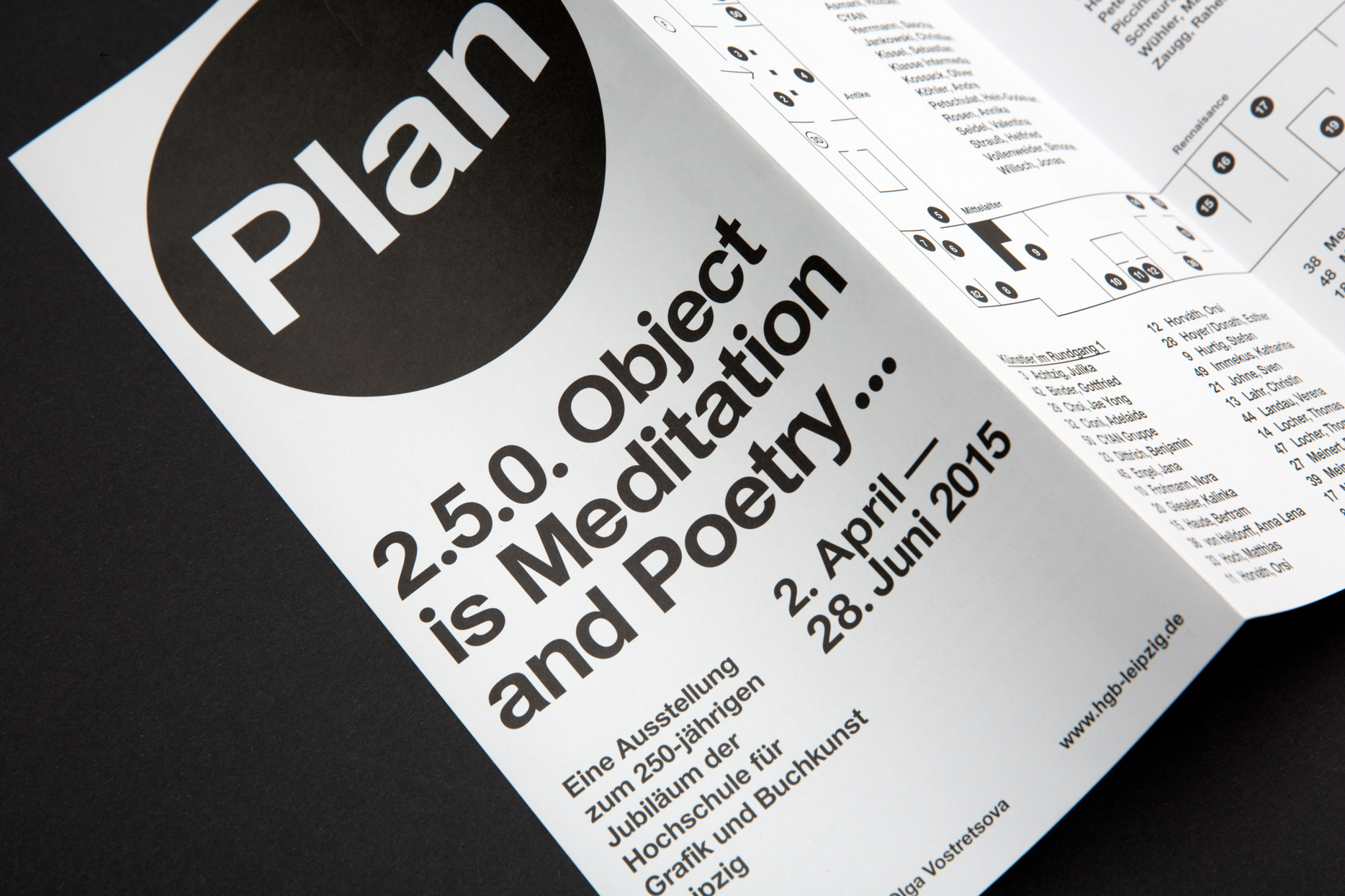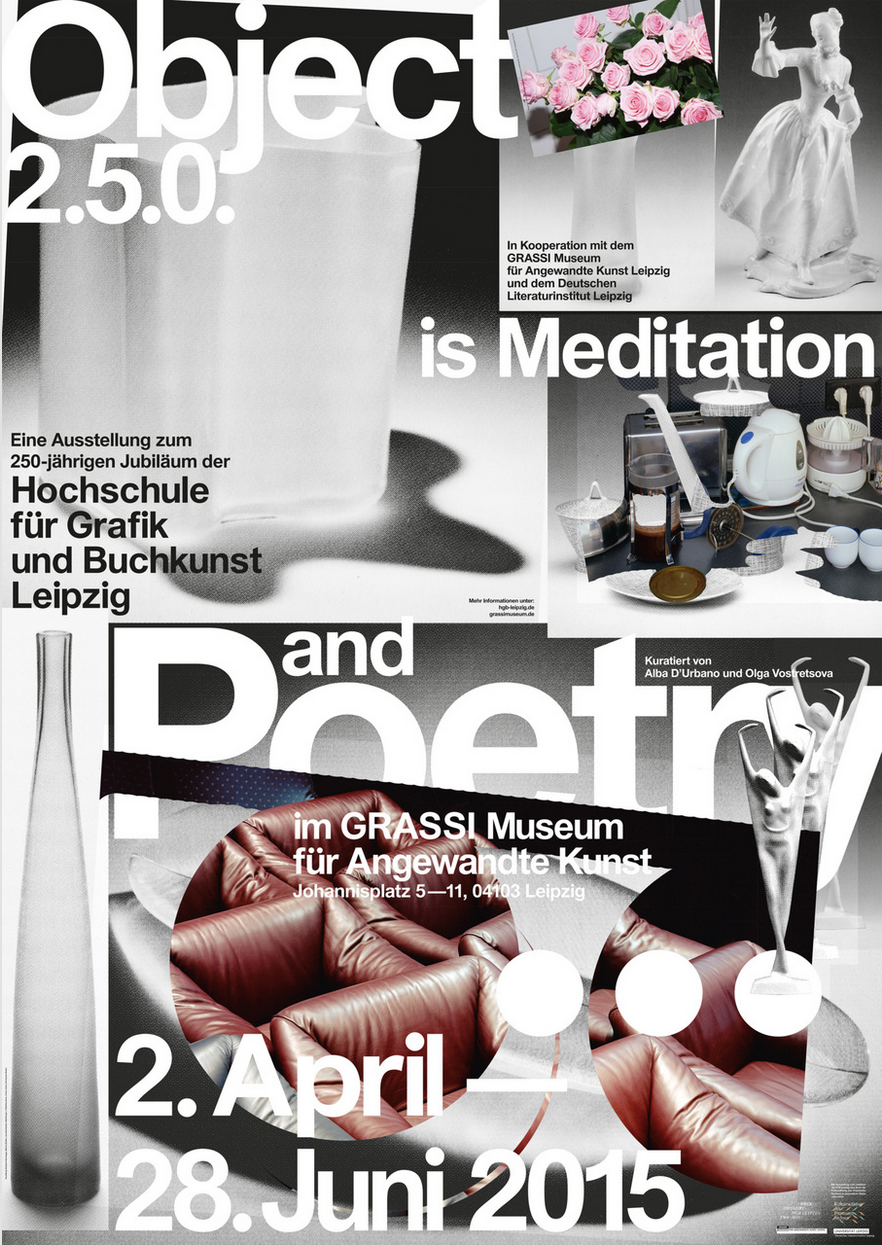
At the end of its 250th anniversary, the HGB Leipzig brought together works by more than 70 international artists from the context of the HGB Leipzig in an exhibition project with the GRASSI Museum für Angewandte Kunst (GRASSI MAK) and the Deutsches Literaturinstitut Leipzig (DLL).
The genesis and development of the GRASSI MAK is closely linked to the history of the university and its earlier focus on the applied arts.

The permanent exhibition, newly conceived from 2007 to 2012, became a place where the applied and visual arts were brought together as part of the exhibition project "2.5.0. - Object is Meditation and Poetry..." and at the same time questioned this dichotomy.
Curatorial interventions, additions and eliminations as well as pointedly placed works by alumni, professors, students and international partners of the HGB Leipzig changed the perspectives.
The focus of these works and interventions was on the exhibited cult and everyday objects, fashion and design phenomena and their epistemic function within the fragmented museum narrative.



The project already started on 6 March with a "literary" exhibition. Texts by students of the DLL on the contemporary artworks were placed at their future locations and made the exhibition "readable". On the day of the opening, the artistic works were added to the respective texts.
The temporary and processual exhibition project thus enabled a new kind of reception of the collection, which primarily examined and discussed three current thematic clusters:


The function of the museum as a place of collecting and storage in a time of production abundance and the environmentally conscious handling of what is discarded - objects that are not chosen to be included in the museum and consequently have to be disposed of - as well as the question of the energy that has to be used for the production, processing or disposal of objects.
The artistic reflection on gender-specific issues represented another level of engagement. It tied in with an aspect of the museum collection that shows many everyday objects that, beyond the cultic and representative, associate the intimate - for a long time predominantly located in the living space of women.
Transfer processes that led to the current understanding of Central European cultural identity in the course of the last centuries through the movement and migration of people, goods and forms.
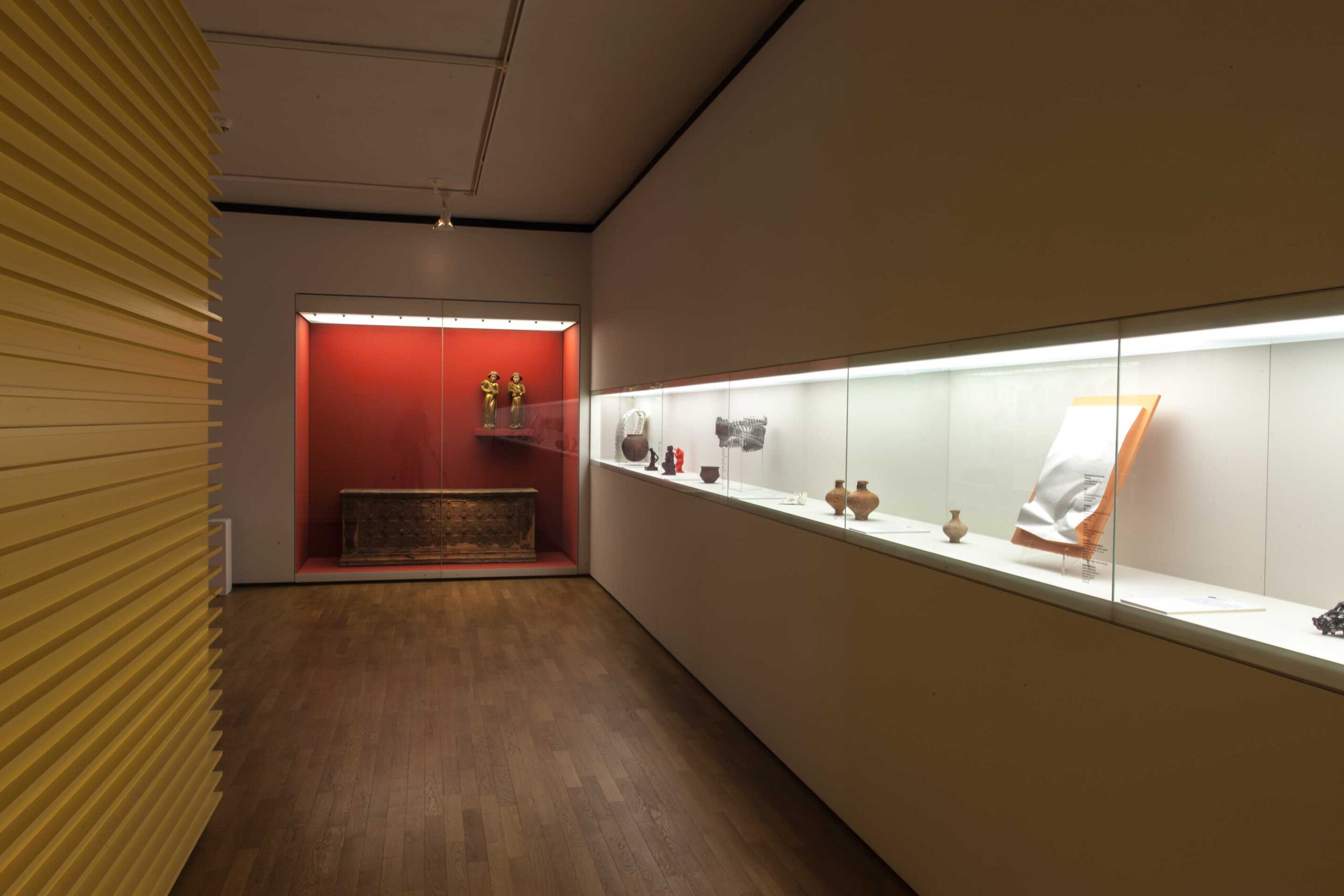
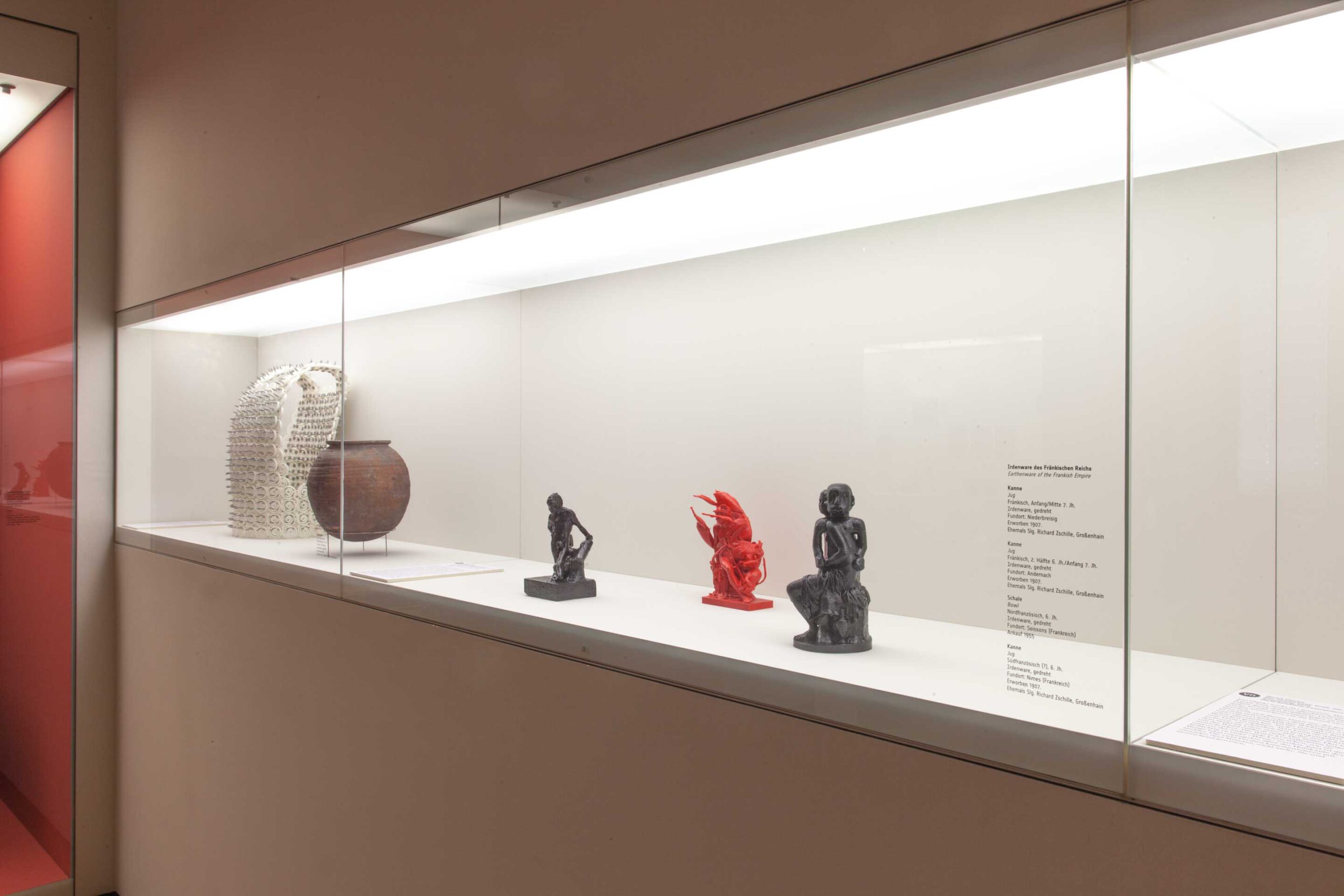

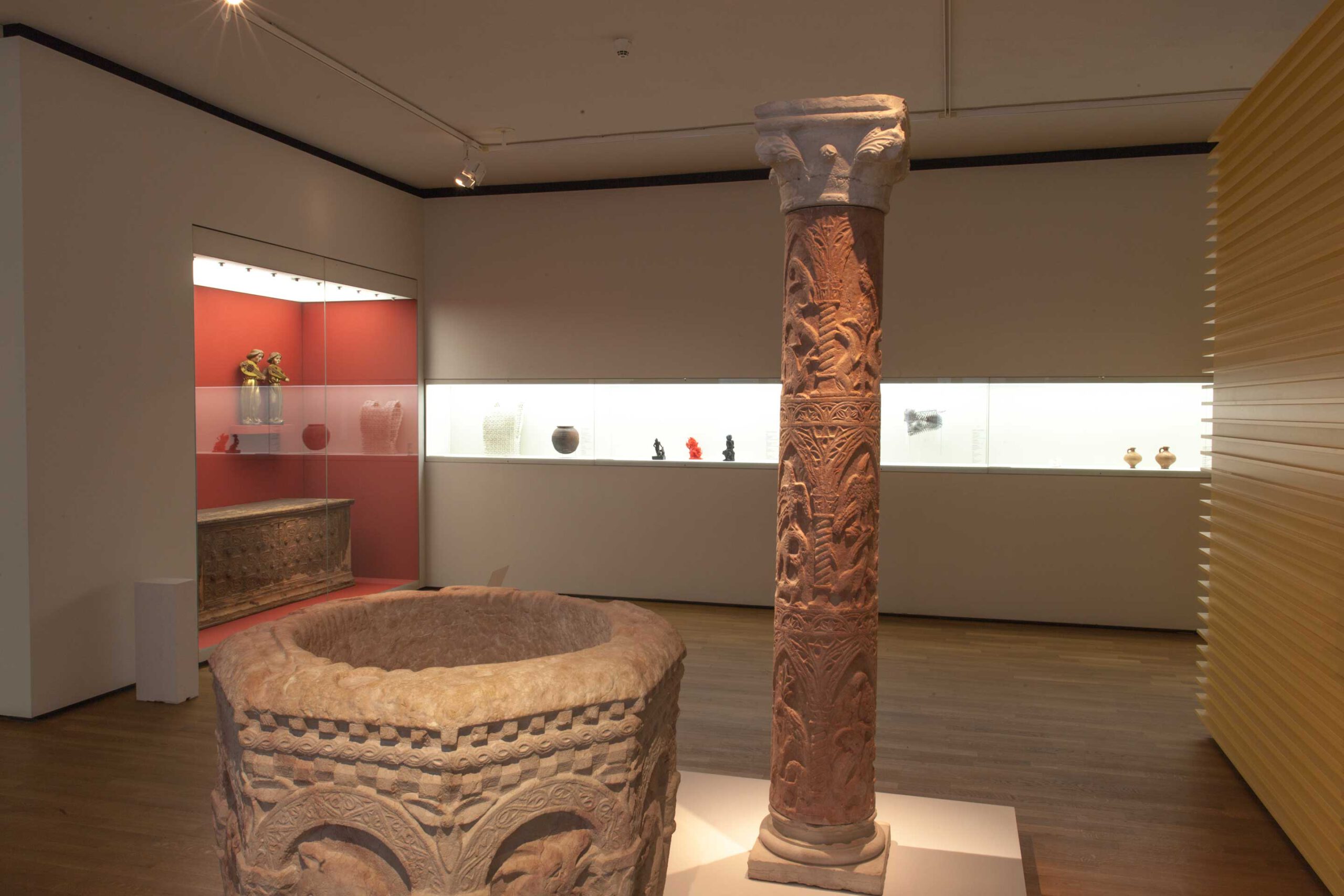
NYMPH1.STL & +++ FIGURINE + NIGERIA + LCNCC+3.37.STL MERCURY.STL&EU LAMA_MERIANA_BEE-SCALE_MM-17M _TRIANGLE.STL MARS.STL&+ ++ BIRD + FIGURE + LCNCC + 1937.2.STL
The object collages, digitally created and then produced with a 3D printer, are each composed of two objects. These objects are digital copies of objects from the collections of the Lincoln Museum and the Smithsonian Museum; they are available free of charge, are not subject to copyright protection and may be reproduced as often as desired.
According to the museums themselves, the aim is to make their collections, and especially those objects that cannot be exhibited for conservation reasons, accessible to a wider public outside their geographical catchment area. In addition, museums can document the gradual changes in the objects in their collections. Since a large part of the museum's holdings is heading towards inexorable decay and not all objects can be equally cared for in terms of conservation and restoration, digitisation is the only way to preserve these holdings, at least as a data set.
The Grassi Museum Leipzig, for example, where the work was first exhibited, can only make three percent of its collection accessible to the public. The presentation of the 3D prints in the display intended for the permanent exhibition aimed on the one hand to test the effects of mixing the collection with foreign works, and on the other hand to question how the handling of cultural assets would change if only the digital image were preserved.
It remains to be seen what effects this process will have on the evaluation and reception of art objects and how the museum as an institution will adapt to the future conditions of the exhibition business.
